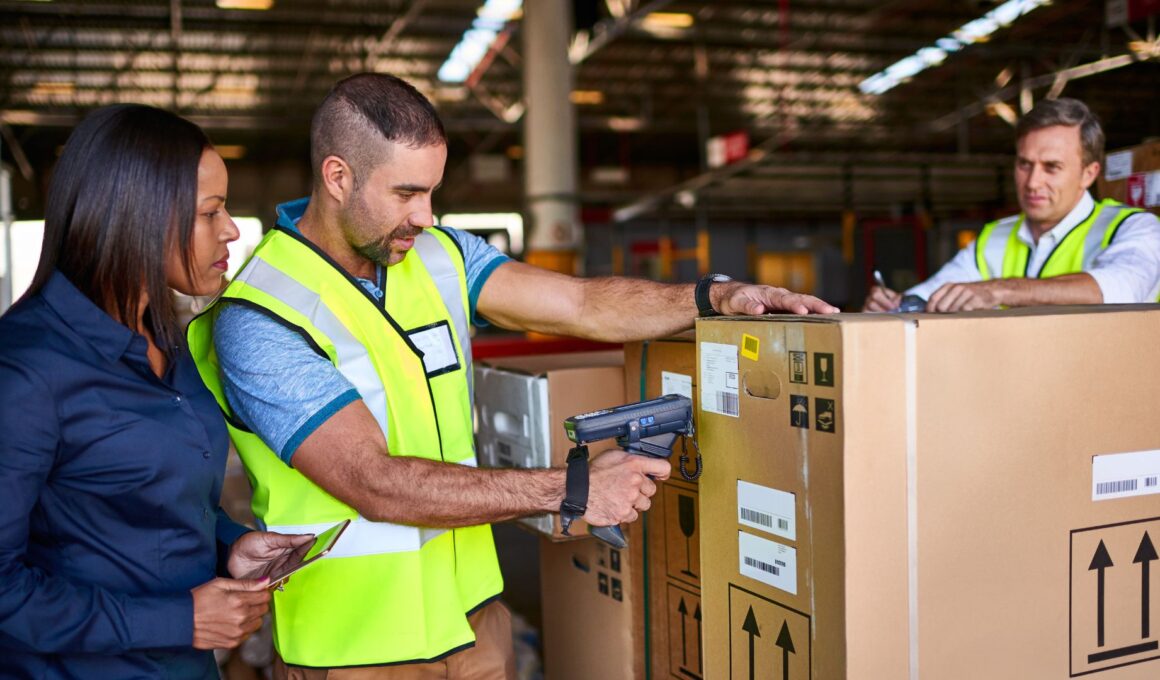In the pharmaceutical industry, ensuring patient safety and regulatory compliance hinges on meticulous product identification and tracking throughout the supply chain. This is where the dynamic duo of labeling machines and track-and-trace systems comes into play. Let’s delve into the intricacies of their integration and the resulting symphony of efficiency and security.
The Power of the Label:
Pharmaceutical labelling machines are precision instruments responsible for applying critical information onto product packaging. These labels typically include:
- Product Name and Strength: Ensures proper medication administration.
- Dosage Form: Differentiates between tablets, capsules, or injectables.
- Lot Number: Facilitates targeted recalls in case of quality issues.
- Expiration Date: Guarantees medication efficacy.
- Serial Number: The cornerstone of track-and-trace systems.
Serial numbers, often encoded as 2D Data Matrix or QR codes, are unique identifiers assigned to individual product units. They act as the linchpin for supply chain visibility.
Labelling Machine Integration with Track-and-Trace Systems :
The seamless integration of labeling machines with track-and-trace systems orchestrates a series of critical steps:
- Data Acquisition: Production and serialization data (including serial numbers) are retrieved from a centralized enterprise resource planning (ERP) system or a dedicated track-and-trace database.
- Label Printing and Verification: The labeling machine receives the data dynamically, ensuring accurate and high-resolution printing of the labels with serialized codes. Advanced systems incorporate real-time code verification using vision inspection systems to eliminate errors.
- Label Application and Tamper Evidence: Labels are precisely applied to product packaging, often incorporating tamper-evident features to deter counterfeiting.
- Data Serialization: Serialization data, including the unique identifier linked to the specific product unit, is transmitted to the track-and-trace repository in real-time. This creates a digital record of the product’s journey.
The Benefits of a integrating Labelling Machine with Track-and-Trace Systems
The successful integration of labelling and track-and-trace systems offers a multitude of benefits:
- Enhanced Patient Safety: Real-time tracking enables swift identification and removal of counterfeit drugs or those with quality issues, protecting patients from harm.
- Regulatory Compliance: Streamlined data capture and serialization ensure adherence to stringent regulations like the Drug Supply Chain Security Act (DSCSA) in the US and the Falsified Medicines Directive (FMD) in the EU.
- Improved Supply Chain Visibility: Track-and-trace systems provide a comprehensive view of product movement, enabling better inventory management, efficient logistics, and faster response to potential disruptions.
- Reduced Counterfeiting: Unique serialization makes it significantly more challenging for counterfeiters to infiltrate the supply chain, safeguarding brand reputation and consumer trust.
The Future of Labelling Machine Integration with Track-and-Trace Systems
The future of labelling machine integration with track-and-trace systems is brimming with possibilities. We can expect advancements in:
- Interoperability: Seamless communication between labelling machines and diverse track-and-trace platforms across the global pharmaceutical landscape.
- Advanced Serialization Techniques: Integration of innovative serialization technologies like Radio Frequency Identification (RFID) tags for enhanced product tracking and authentication.
- Data Analytics: Leveraging track-and-trace data for in-depth supply chain analysis, predictive maintenance of labelling equipment, and proactive risk management.
The integration of labelling machines and track-and-trace systems is no longer a luxury, but an essential cornerstone of a secure and efficient pharmaceutical supply chain. This powerful combination fosters patient safety, regulatory compliance, and a future where trust in medication authenticity remains unshakeable.







